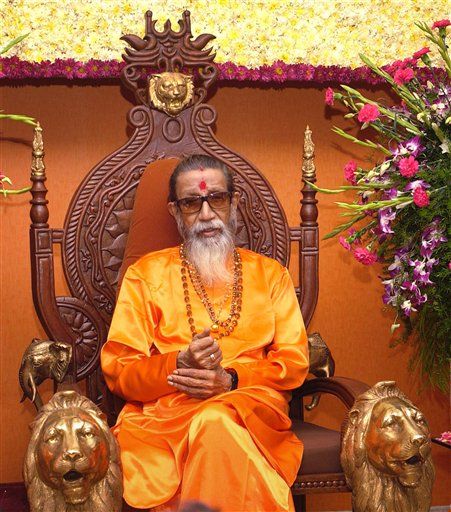Origins
The country was frequently called the Gorkhali Kingdom.[3] Chauhan (1996) claims that it is a misconception that the Gurkhas took their name from the Gorkha region of Nepal and that the region was given its name after the Gurkhas had established their control of these areas. In addition, he says that Gurkhas, also spelled Gorkha, are people from Nepal who take their name from the legendary eighth-century Hindu warrior-saint Guru Gorakhnath. A more detailed description of Chauhan's thesis is available under the first three sections in the entry on the Gorkha Kingdom.It is true that the Parbate Brahmins and the ruling dynasty among the Gorkhali people trace their ancestry to the Hindu Rajputs and Brahmins of Northern India who entered modern Nepal from the west following Muslim advances. However, the actual historical process by which this migration took place and the history of the Gorkhalis' ultimate conquest of Nepal span a couple of centuries and are drastically different from what Chauhan proposes. More importantly, Chauhan's overall thesis claiming the existence of a Gurkha identity way before the Shahs came to the Nepali hills is not supported by historical evidence available in Nepal. First, in Nepal, the warrior people are not referred to as 'Gurkhas.' They are called 'Gorkhalis', meaning the 'inhabitants of Gorkha.' The Gorkhalis themselves have never called themselves 'Gorkhas' or 'Gurkhas' -- even today, they call themselves 'Gorkhali.' Their famed battle cry is 'Ayo Gorkhali', meaning 'the Gorkhali has come.' The appellation 'Gurkha' is most probably a British invention.
The etymology of the geographical name 'Gorkha' is indeed related to the Hindu mendicant-saint Gorakhnath. In the village of Gorkha is situated a temple dedicated to Gorakhnath as well as another dedicated to Gorakhkali, a corresponding female deity. The Nepali geographical encyclopedia 'Mechi-dekhi Mahakali' ('From Mechi to Mahakali') published in 2031 Bikram Era (1974-75 AD) by the authoritarian Panchayat government to mark the coronation of King Birendra Shah agrees with the association of the name of the place with the saint but does not add any further detail.[4] The facts regarding when the temples were built and the place named after the saint are lost in the sweeping winds of time. We may guess that these developments took place in the early part of the second millennium of the Christian Era following the rise of the Nath sect. In fact, the pilgrimage circuit of the sect across the northern Indian sub-continent also spans a major part of present-day Nepal including Kathmandu Valley. The Newars of Medieval Nepal have a couple of important temples and festivals dedicated to the major Nath teachers. Immediately before the rule of Gorkha by the Shahs, Gorkha was inhabited by both Aryan and Mongoloid ethnic groups and ruled by the Khadkas, who were probably of Khas origin. Dravya Shah defeated the Khadkas in 1559 AD and commenced Shah rule over the principality.[4] Prithvi Narayan Shah belonged to the ninth generation of the Shahs in Gorkha. He took the reins of power in 1742 AD.[5]











0 Comments